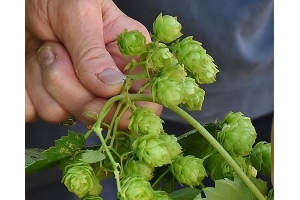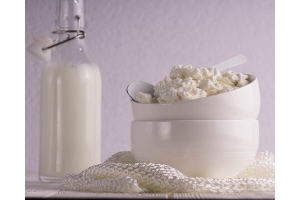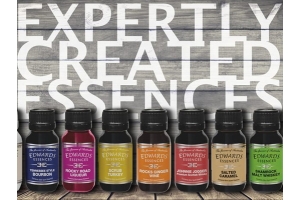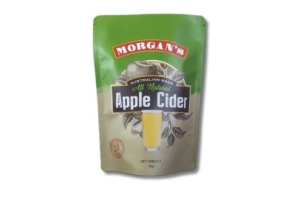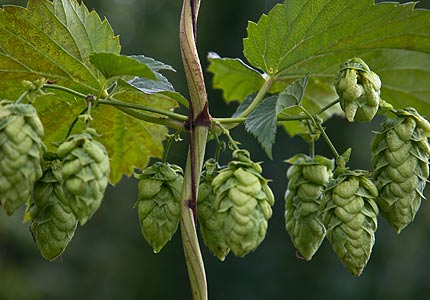
Amarillo Hop Pellets
BREWING QUALITY
Amarillo Hop Pellets is a relatively new American hop variety that has been described as "super Cascade." The bitterness is between 8 and 11%, making Amarillo a good hop for flavor and aroma additions. The flavor profile is very citrusy, especially leaning toward a distinct orange flavor and aroma. Amarillo is found as well to be somewhat sweet until it mellows out in a beer. It should be used as aroma hop, but it could also be used as a bittering or a flavor hop. Proved to be a good fit for Pale Ales and IPAs.
ORIGIN / HISTORY USA Amarillo Hop Pellets
origin. This hop was reportedly introduced by Virgil Gamache Farms Inc. and is a result of a mutation of another hop variety.
AGRONOMICS Amarillo Hop Pellets
Demonstrated good resistance to downey and powdery mildew and is moderately tolerant to strains of verticillium wilt found in the state of Washington's growing areas.
ACID COMPONENTS Amarillo Hop Pellets
Alpha Acids 8 – 11% w/w
Beta Acids 6.0 – 7.0% w/w
Cohumulone 21 – 24% of alpha acids
OIL COMPONENTS
Total Oil 1.5 – 1.9 ml/100 g
Caryophyllene 2 - 4% of whole oil
Farnesene 2 - 4% of whole oil
Humulene 9 - 11% of whole oil
Myrcene 68 - 70% of whole oil
Possible Substitutions:
Cascade, Centennial, possibly Chinook or Ahtanum
Bittering, Flavour Aroma and Finishing Hops
There are basically two times that you add hops to beer The first time to add hops is near the beginning of the boil. This allows the alpha acids in the hops to be converted into iso-alpha acids, which give beer its balancing bitterness. Alpha acids are not soluble in beer, so they cannot contribute any bitterness. Boiling converts these alpha acids into iso-alpa acids, which are soluble in beer and therefore lend bitterness to your batch. In the case of can kits these are already in the kit.
The other time you should add hops is in the middle or near the end of the boil (or sometimes after the boil). This allows the oils in the hops to impart flavour and aroma to the beer. The hop oils contain the aroma and taste components of the hops. (Not possible for can kits)
Dry Hopping with finishing hops Amarillo
This is the most simple and the best method for adding aroma to your beer, it will also add a pleasant fresh hop flavour. Suitable for hop cones or pellets. Dry hopping is the practice of adding fresh hops, cones or pellets, directly into your fermenter. The hops are best put into a muslin or nylon bag, they are then added to the brew at some stage during fermentation. My suggestion is to add them before adding your cold water i.e. mix all the ingredients as usual in hot water, when dissolved add the hop bag and give it a stir to ensure the hops are wet, then top up with cold water and pitch the yeast

